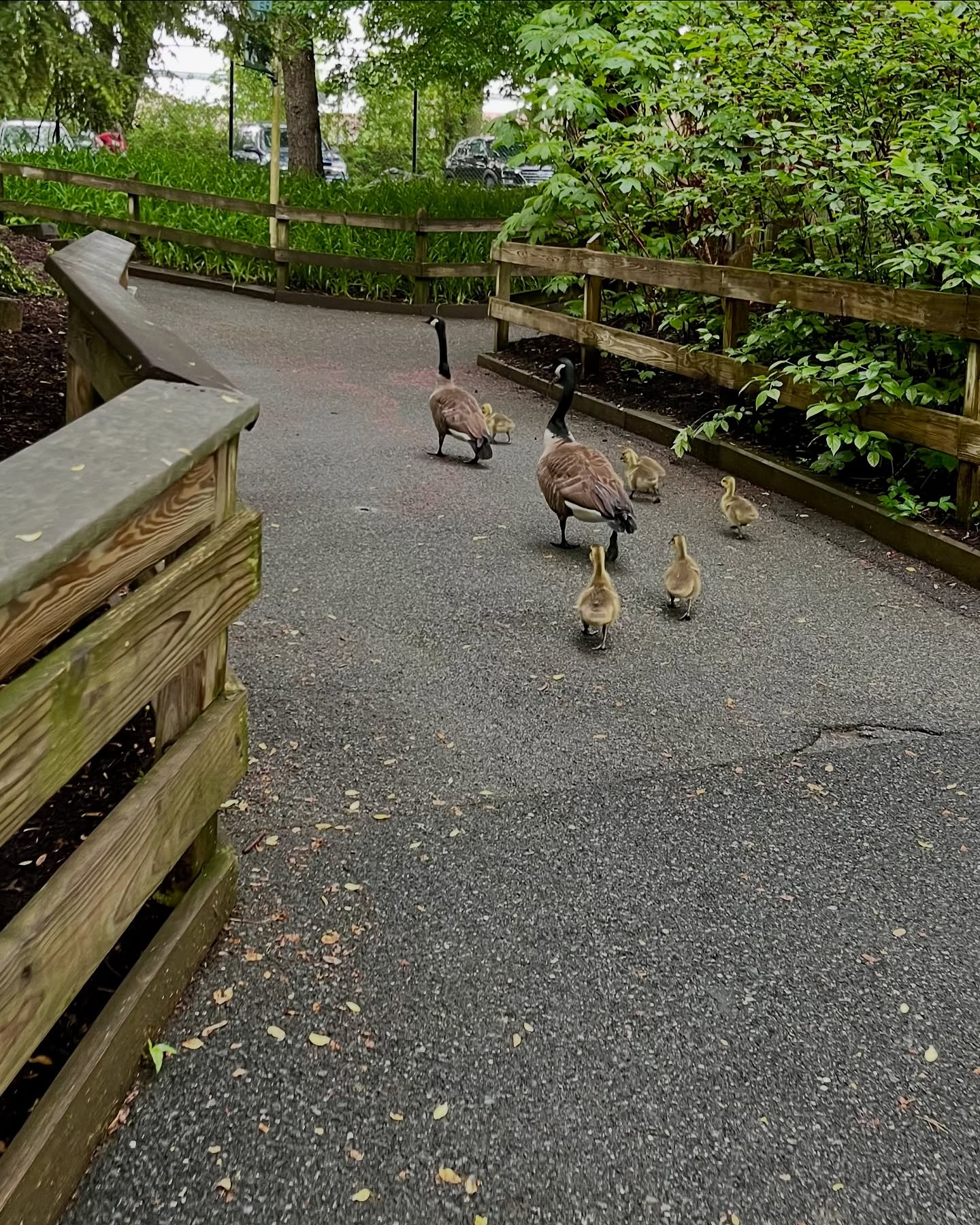- Explore the significance of Mother’s Day for wildlife conservation efforts and its symbolic connection to motherhood in nature.
- Discuss the role of maternal behavior among various animal species, highlighting the diversity of nurturing strategies.
- Examine the challenges faced by wildlife mothers in natural habitats and the impact of environmental changes.
- Highlight the contributions of zoo management and wildlife conservationists in supporting animal mothers and their young.
- Promote public awareness and involvement in conservation efforts through educational initiatives and storytelling.
Mother’s Day, celebrated by humans across the globe, also holds deep relevance in the world of wildlife conservation. The symbolic connection to motherhood transcends species, reminding us of the critical roles that mothers play not just in human societies but also in nature. The nurturing actions of animal mothers are vital, not just for the survival of their offspring but also for maintaining the delicate balance of ecosystems.
Animal mothers exhibit an array of behaviors that underscore their dedication to offspring survival. From the meticulous care of elephant mothers who guide their calves for years to the fierce protection offered by lionesses, maternal instincts are as diverse as the animal kingdom itself. These nurturing strategies enable young animals to adapt to their environments and learn essential survival skills. In species like kangaroos, where mothers carry their young in pouches, unique adaptations showcase the evolutionary ingenuity at play.
Across the animal kingdom, maternal behaviors face various challenges, particularly due to environmental changes. Climate change, habitat destruction, and human encroachment pose significant threats to wildlife mothers. Polar bears, for example, struggle with the reduction of sea ice, impacting their ability to hunt and nurture their young. Meanwhile, deforestation in the Amazon endangers jaguar families as their habitats shrink. These challenges emphasize the urgent need for environmental conservation efforts to protect biodiversity.
Zoo management and wildlife conservationists play a pivotal role in supporting animal mothers and their offspring. Modern zoos have transitioned into sanctuaries that focus on species preservation and rehabilitation. Through innovative breeding programs, they aid in the survival of endangered species. Conservationists work tirelessly to create environments that mimic natural habitats, enabling mothers to rear their young in safety. Additionally, by studying these animals, experts gather invaluable data to inform global conservation strategies.
Public awareness and engagement are crucial components of wildlife conservation. By celebrating Mother’s Day, we can inspire action towards protecting wildlife. Storytelling and educational programs bring to light the struggles and triumphs of animal mothers, fostering empathy and understanding. Campaigns and initiatives encourage communities to participate in conservation efforts, whether by supporting local wildlife reserves or adopting sustainable practices. Through informed community involvement, we can contribute to the well-being of both human and animal families.
Happy Mother’s Day serves as a reminder of our interconnectedness with the natural world. By appreciating the maternal efforts in the animal kingdom and recognizing the challenges they face, we can strengthen our commitment to wildlife conservation. This small gesture of celebration becomes a powerful catalyst for change, inspiring actions that preserve our planet for future generations. The dedication and resilience of mothers everywhere, human or animal, deserve our respect and protection.
*****
Source Description
Happy Mother’s Day! 💐
From our flock to yours, we wish all the moms a wonderful day!
📷: Jacqui, Naturalist


